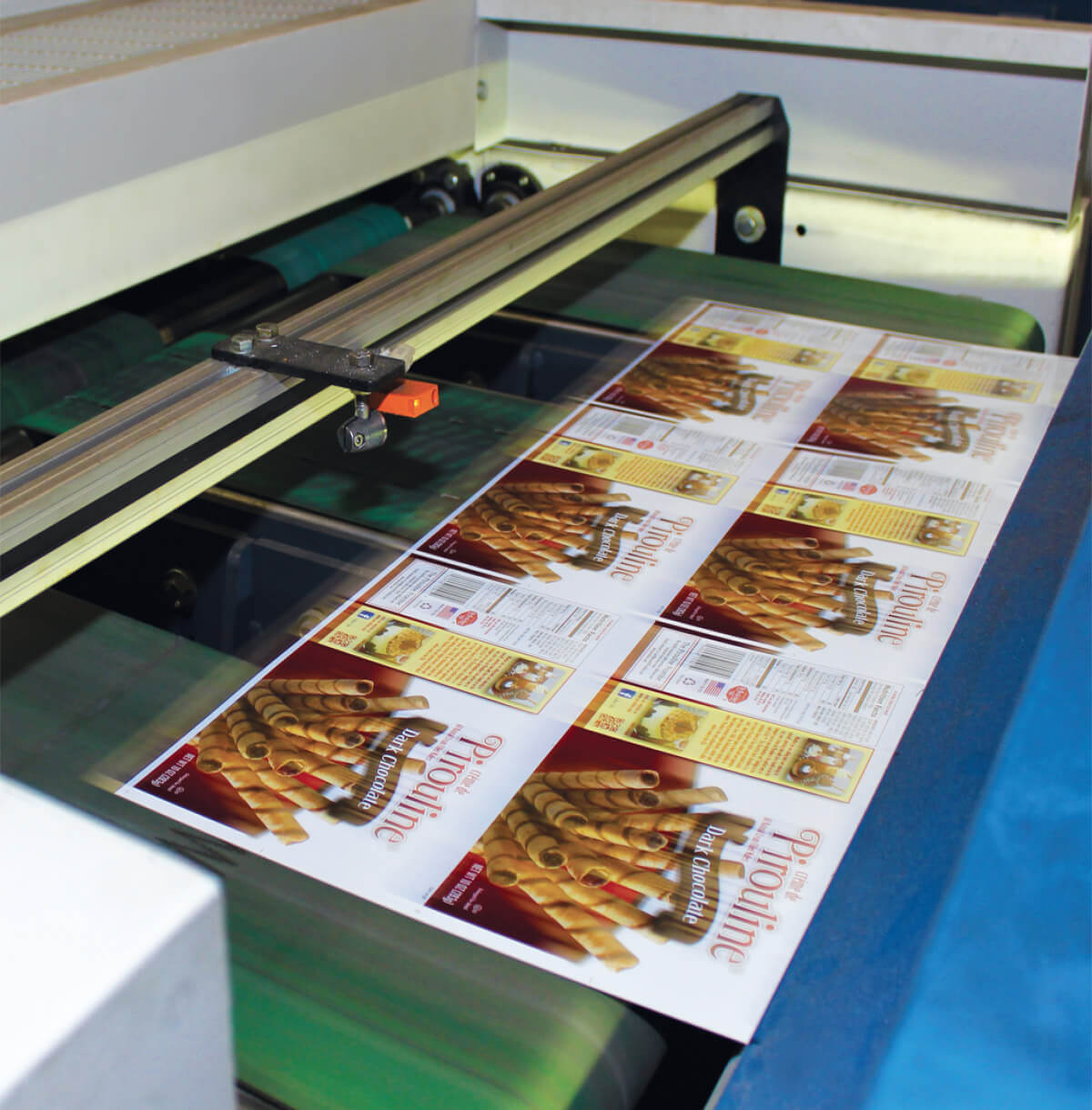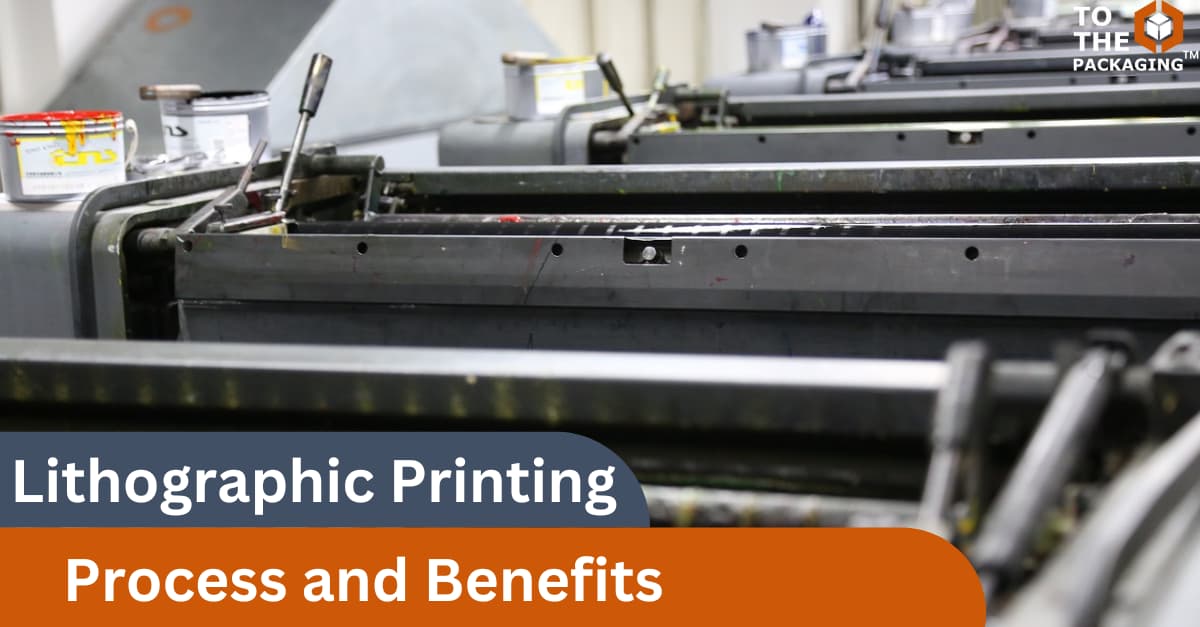A Comprehensive Guide to Understanding Litho Printing Strategies
The globe of litho printing, a method stemming from the late 18th century, is a remarkable blend of history, science, art and technology. This thorough overview will untangle the intricacies of this printing method, from the composition of litho inks to the difficulties faced in modern applications. As we venture right into the ins and outs of lithography, the significance of automation and sustainability in ensuring its future importance ends up being increasingly clear. Stick with us as we trip into the fascinating realm of litho printing.
The Historic Development of Litho Printing
The historical trajectory of litho printing, a pivotal innovation in the realm of communication, is a fascinating tale of human resourcefulness. The process developed with the arrival of the rotating press, which greatly raised productivity. Each phase of litho printing's advancement showcases humankind's unrelenting search of performance and quality in aesthetic communication.
Decoding the Scientific Research Behind Litho Printing Inks
Moving ahead in the exploration of litho printing methods, the focus now shifts to the scientific research behind litho printing inks. The make-up of these inks, their drying process, and color mixing techniques develop the foundation of this complex art kind. Comprehending these elements is crucial to grasping the craft and attaining the preferred print results.
Composition of Litho Inks
In lithographic printing, the fundamental role of litho inks can not be overemphasized. Pigments, the color-providing elements, are carefully ground particles suspended in the automobile, a fluid that carries the pigment onto the printing surface area. Each element plays an essential part in the last print's top quality, making the exact formula of litho inks an elaborate scientific research.
Ink Drying Refine
From the make-up of litho inks, attention transforms to the fascinating procedure of ink drying out. The drying process is essential, as it impacts the final print's high quality and durability. 2 key techniques are used in litho printing: oxidative drying and absorption. Oxidative drying includes the ink reacting with oxygen in the air to create a hard, completely dry film. This technique gives a long lasting surface, but can be slower contrasted to absorption. Absorption, on the various other hand, includes the ink seeping right into the paper fibers, which is a quicker procedure yet can cause less lively colors. The choice between these techniques is reliant upon elements such as print rate demands, the paper kind made use of, and the wanted surface.
Color Mixing Strategies
While the drying procedure plays an essential duty in litho printing, the scientific research of color mixing strategies holds equal importance. This is a complex process that includes the careful blending of primary colors: cyan, magenta, and yellow, in differing proportions to accomplish a vast variety of tones. The enhancement of black ink, recognized as 'key', assists in controling the intensity and deepness of the colors. The science behind litho printing inks likewise thinks about the openness of the ink, which influences how colors overlay and mix. To attain a reliable color mix, print experts must likewise comprehend the details of ink habits, color theory, and the physical homes of the substrate on which the ink is used.
The Art and Style Components in Litho Printing
Litho printing breathes life right into art and layout with its one-of-a-kind elements. The process entails developing a picture on a lithographic sedimentary rock plate or metal plate with a smooth surface area. The picture is after that printed onto a medium, usually paper, by transferring the ink from home plate. What sets litho publishing apart is its capability to replicate complex designs with high integrity, making the output almost identical to the initial art work. This is accomplished with using different line techniques such as stippling, cross-hatching, and hatching, which enable for a variety of tonal impacts. Litho printing accommodates a selection of shades, allowing artists to develop dynamic and dynamic prints. This combination of accuracy and convenience makes litho printing a favored choice for many artists and developers.
Modern Applications of Litho Printing Strategies
Litho printing strategies have actually found substantial use in the contemporary industrial industry. Its impact and significance proceed to grow with the development of new innovations and innovations in Extra resources the field. This section will go to my site explore these contemporary applications and the transformative role they play in the printing industry.
Business Litho Printing Uses
Litho printing remains a crucial component of the commercial industry. High-volume printing jobs, such as the production of publications, papers, and product packaging, depend on litho printing for its capability to supply premium photo quality and cost efficiency. Litho printing additionally provides a wide color spectrum, superior to that of digital printing.
Technologies in Litho Printing
Pushing the boundaries of traditional strategies, modern-day advancements have actually sustained a host of technologies in litho printing. One prominent growth is digital litho printing, which combines the merits of electronic modern technology with litho's high-grade outcome. These advancements underscore the long-lasting importance of litho printing in the modern world.
Checking out the Refine of Litho Printing: Detailed

Difficulties and Solutions in Contemporary Litho Printing

Regardless of the accuracy and practice that litho printing happily maintains, it is not without its set of modern obstacles. Digital litho printing enables for cost-efficient short runs and simple modification, attending to the issue of variable information. Thus, while there are obstacles, the litho printing sector is proactively adjusting to meet them head-on, guaranteeing its significance in the future.
Verdict
In verdict, litho printing, with its abundant history and scientific intricacies, holds a significant location in the print sector. The future of litho printing hinges on its capacity to adapt to link these transforming needs, attesting its enduring value in an evolving market.
